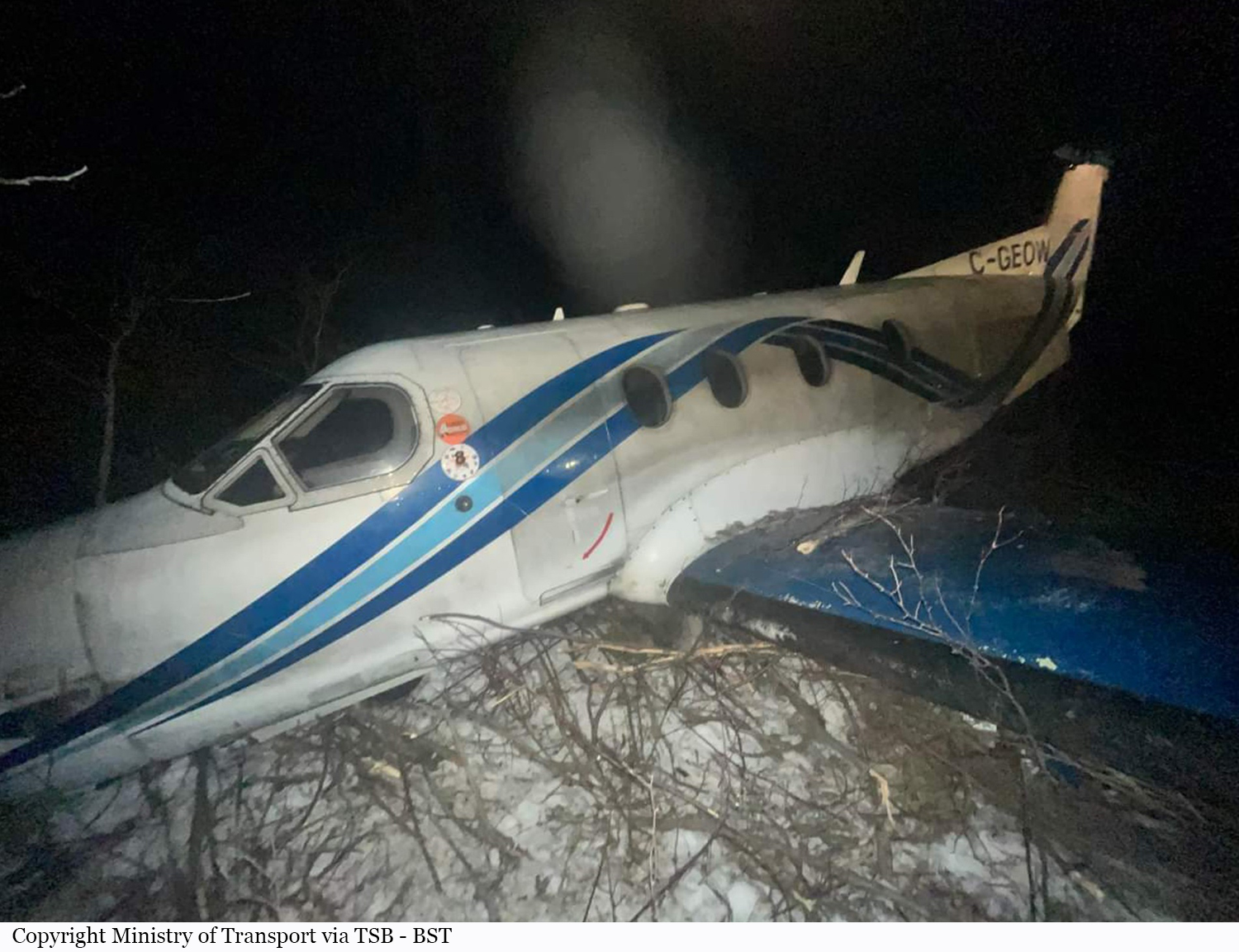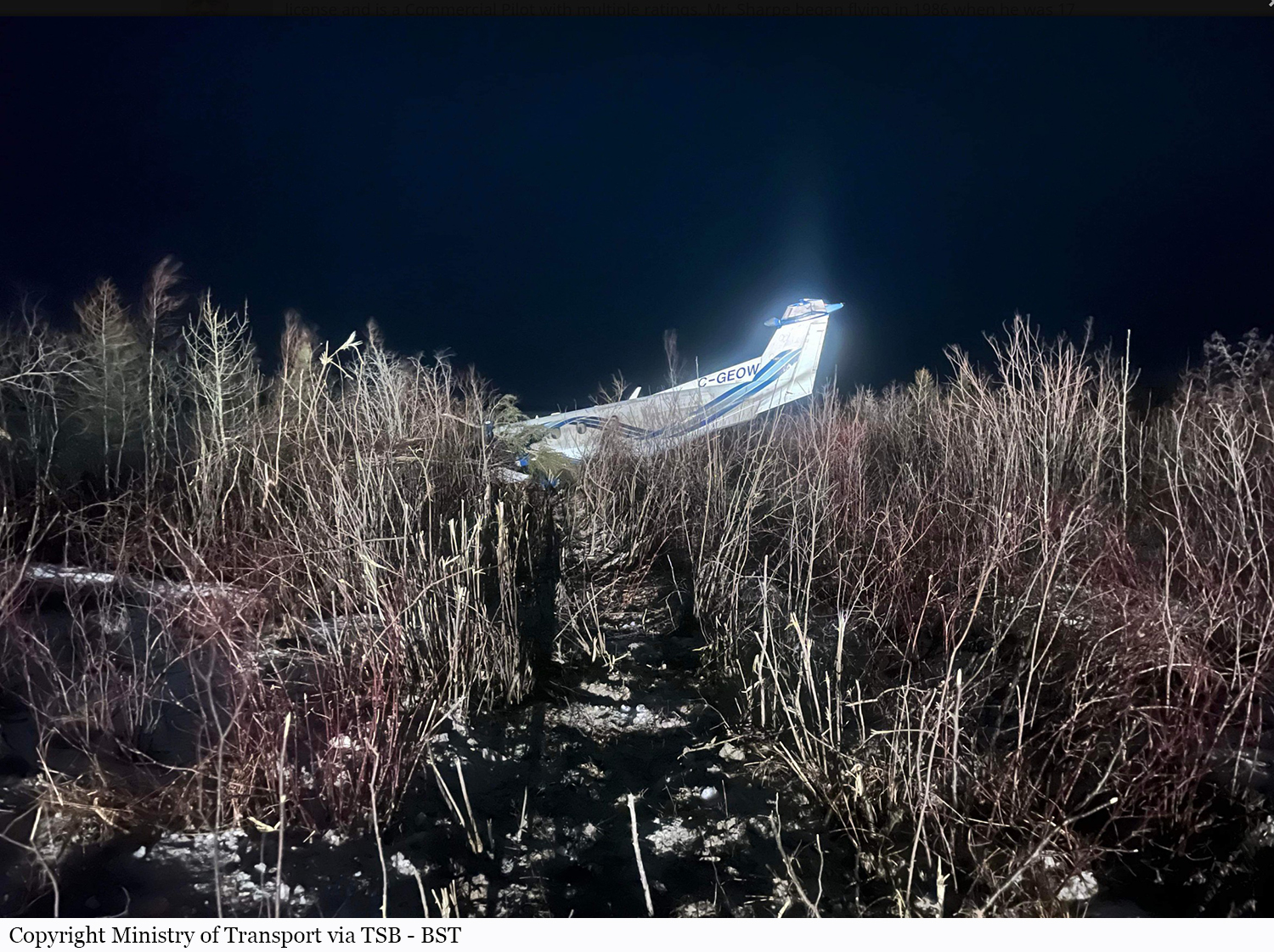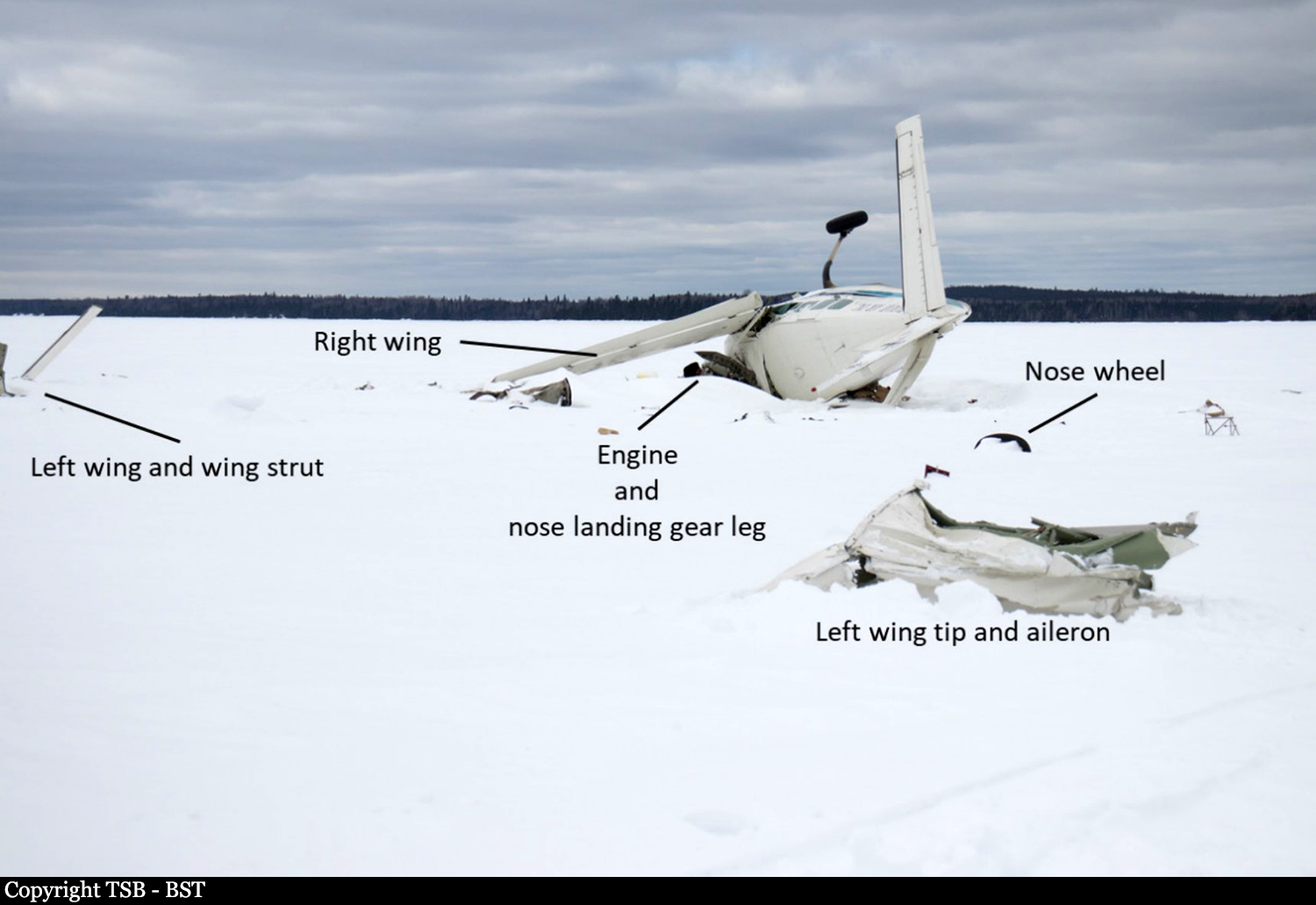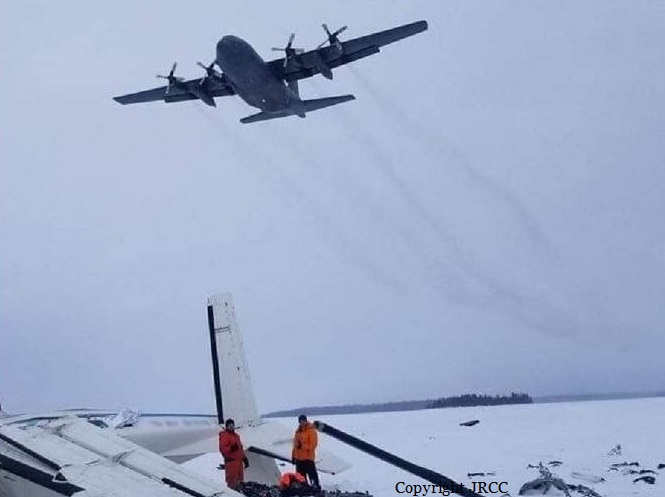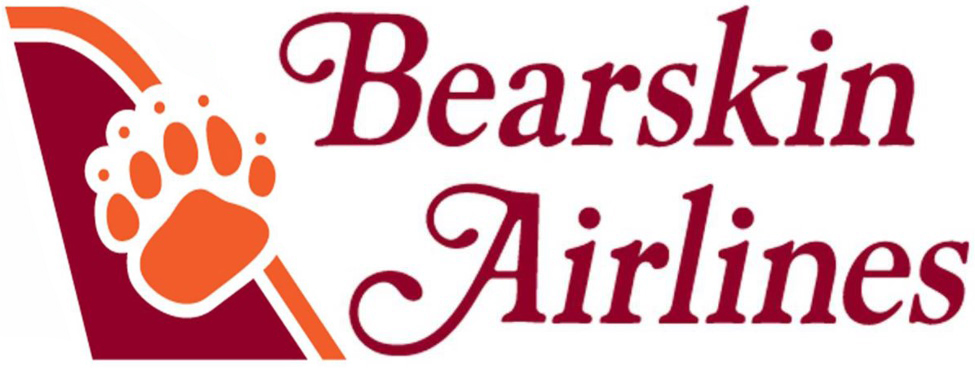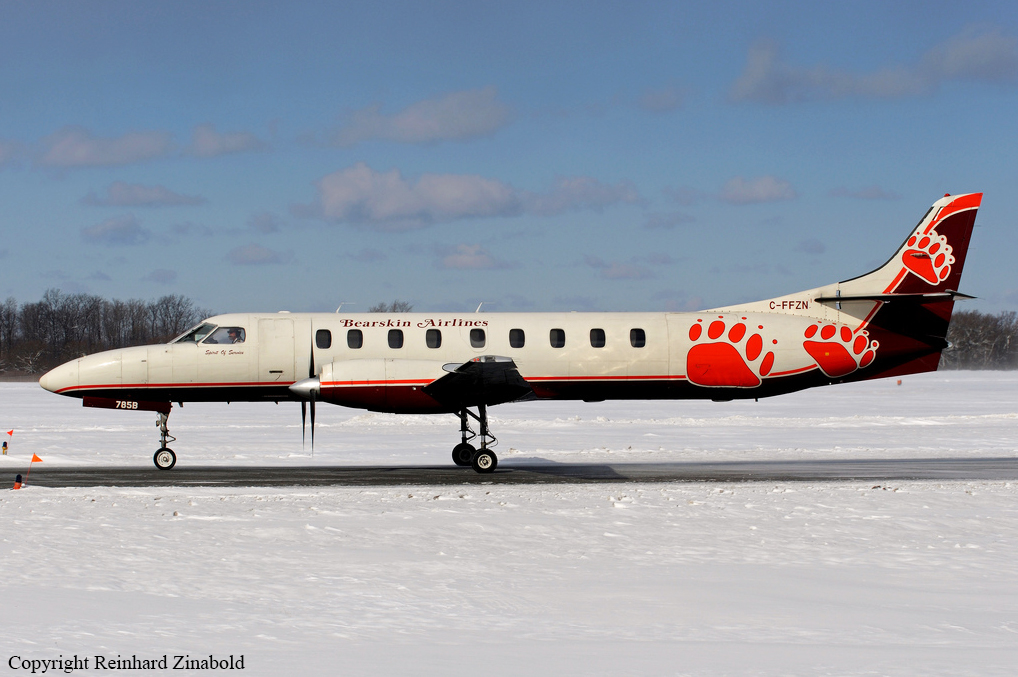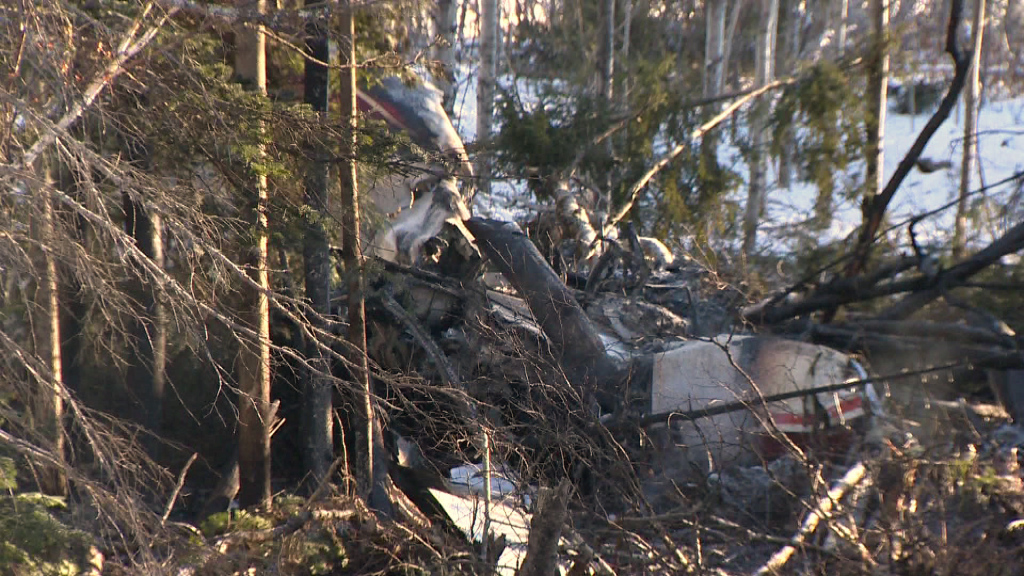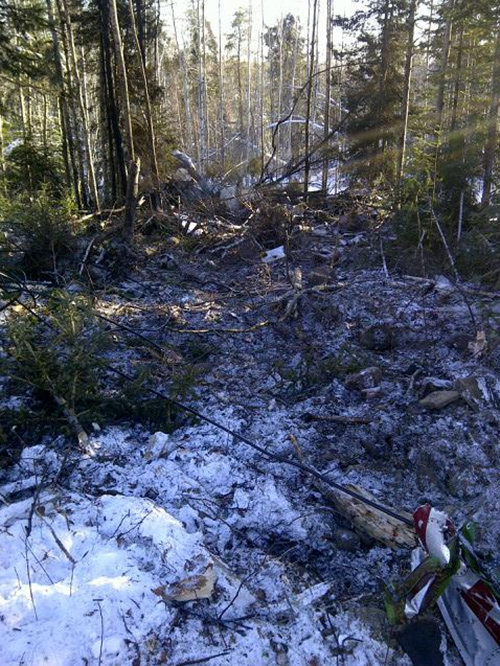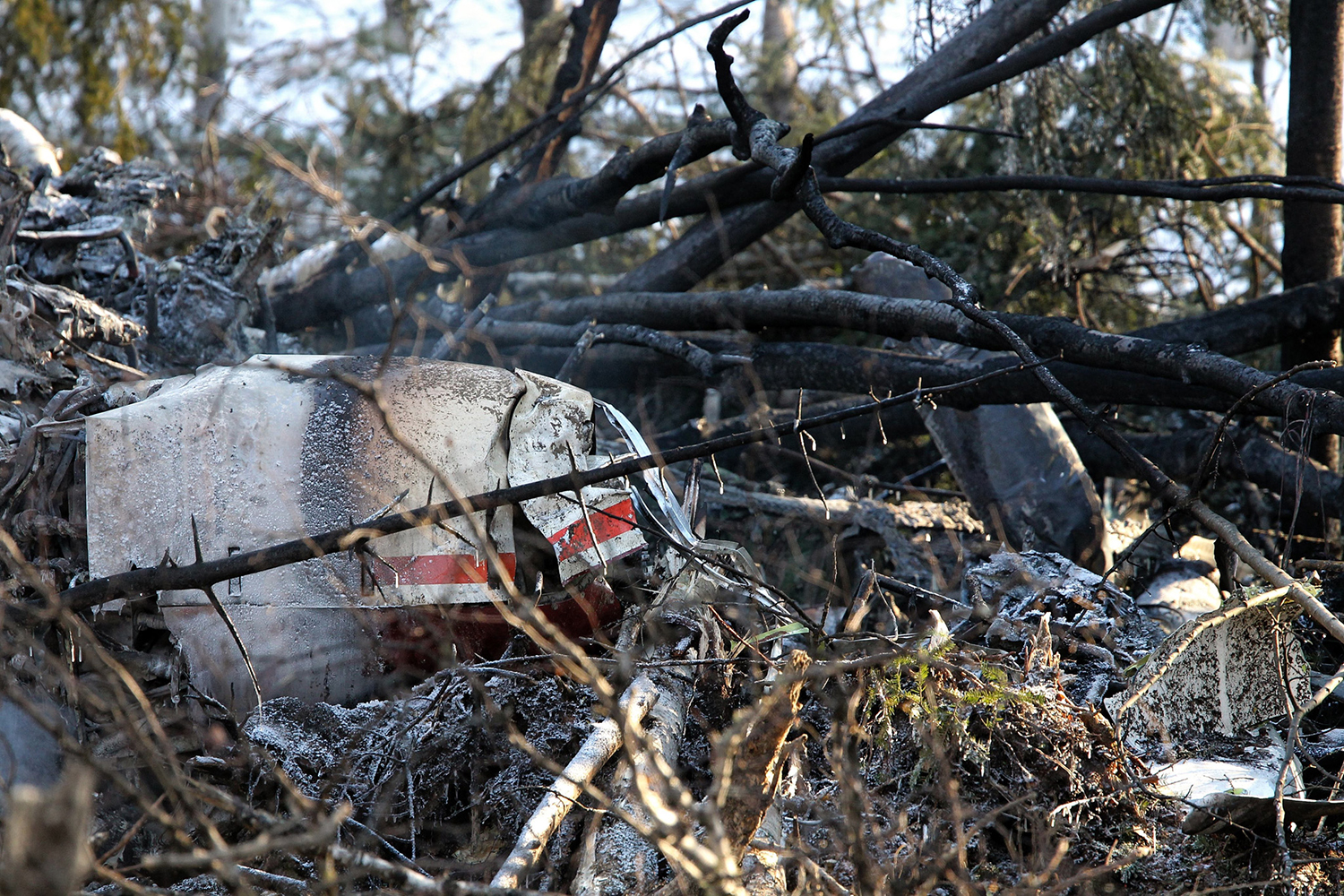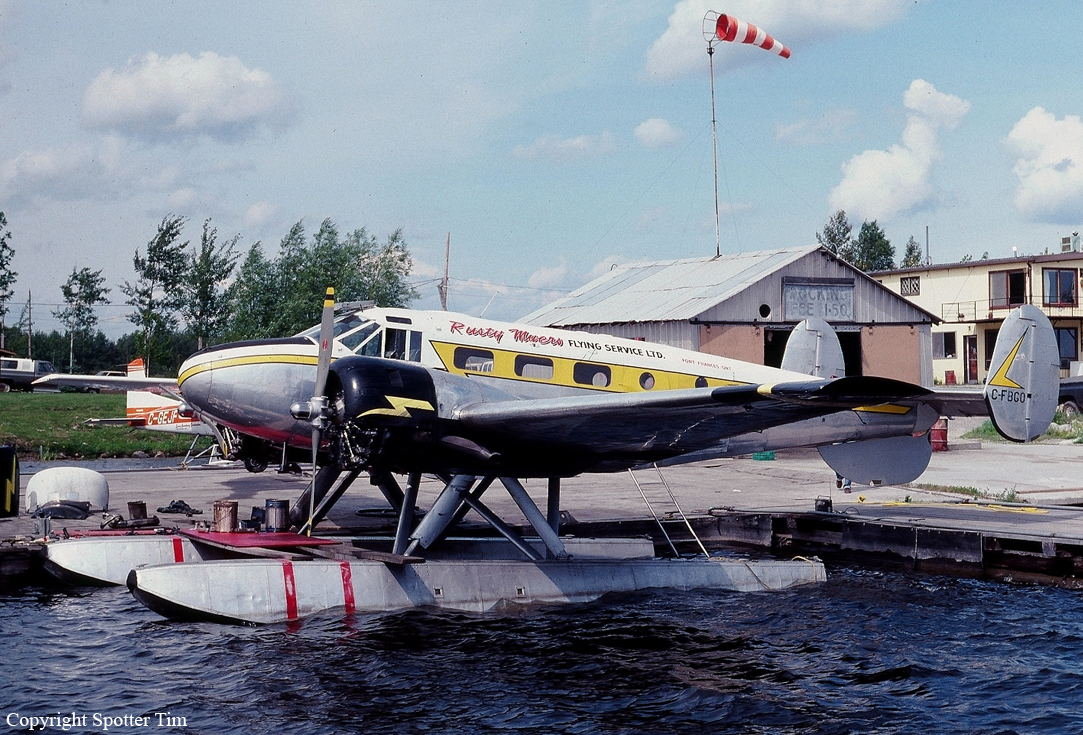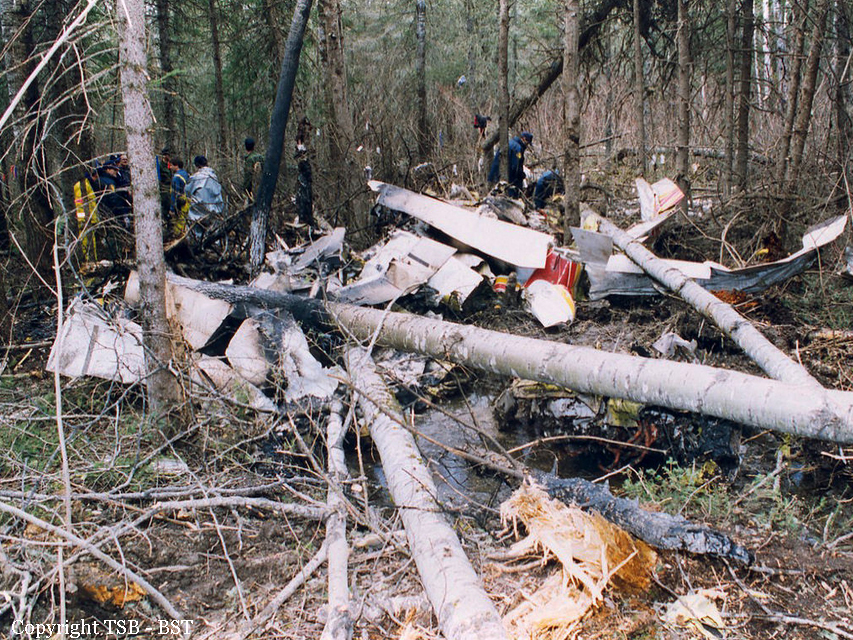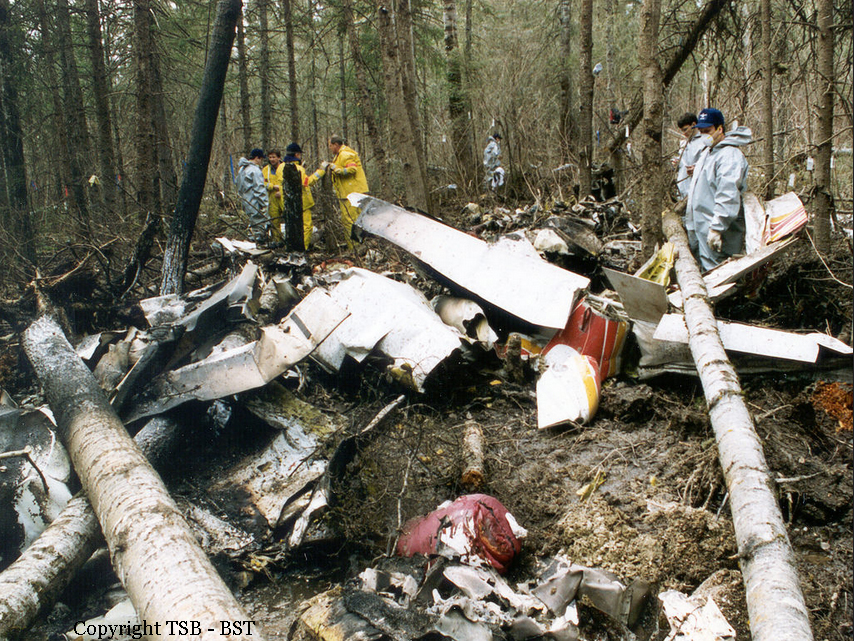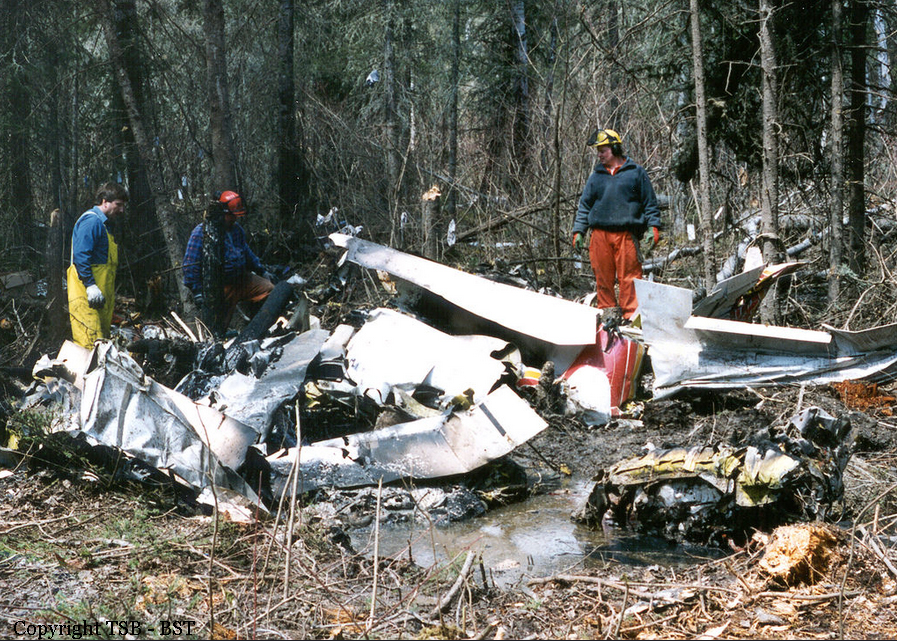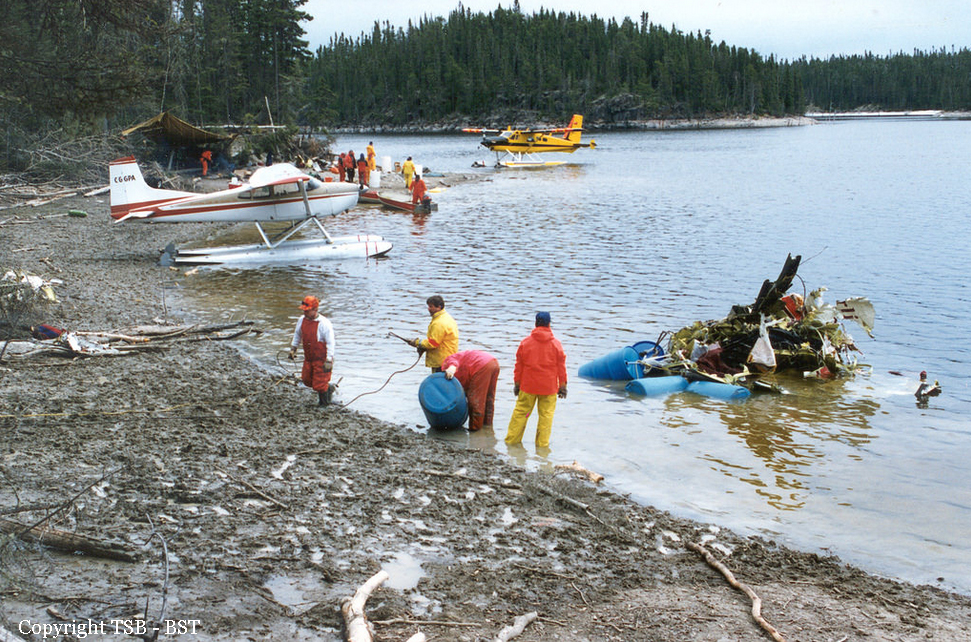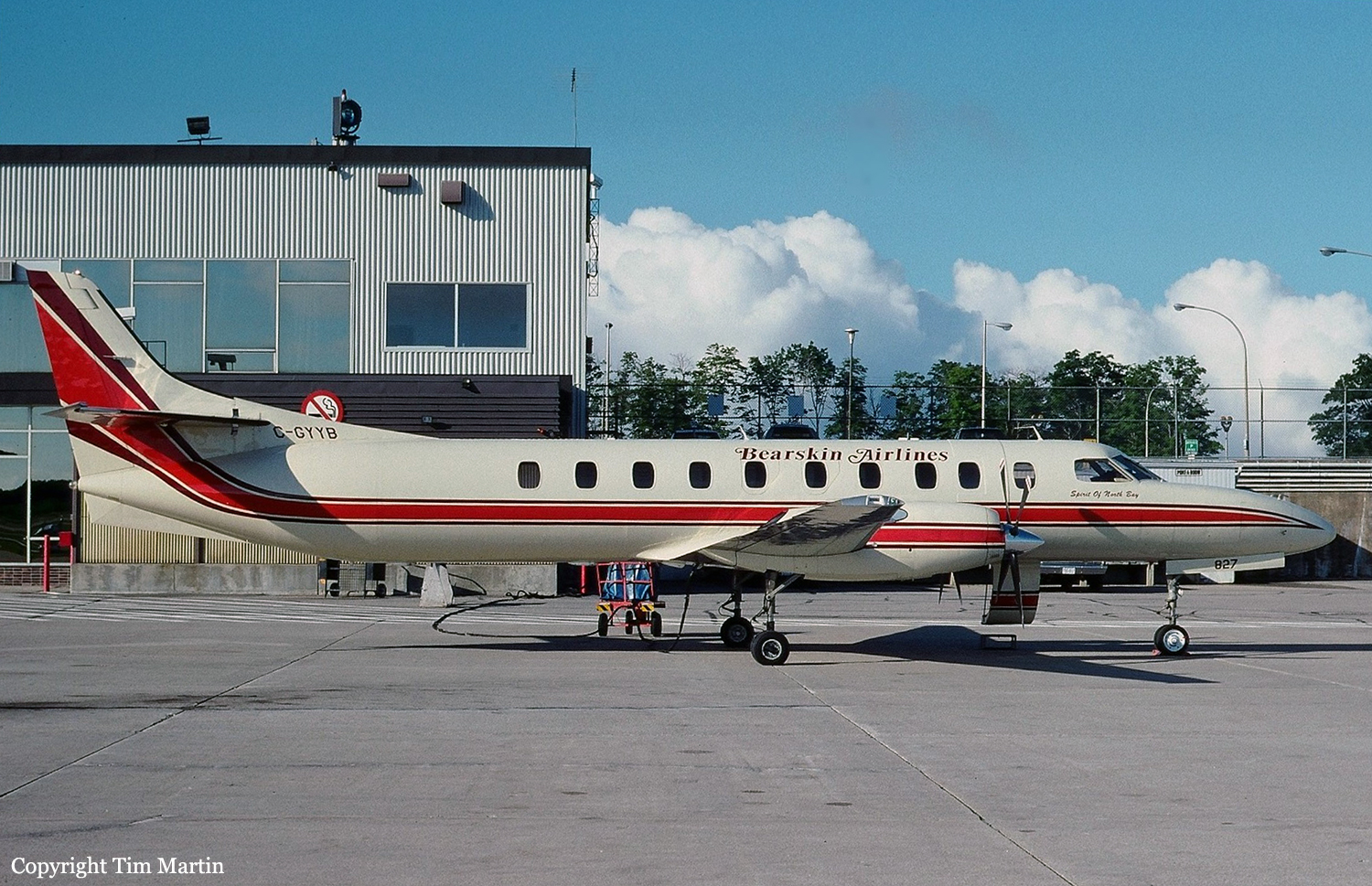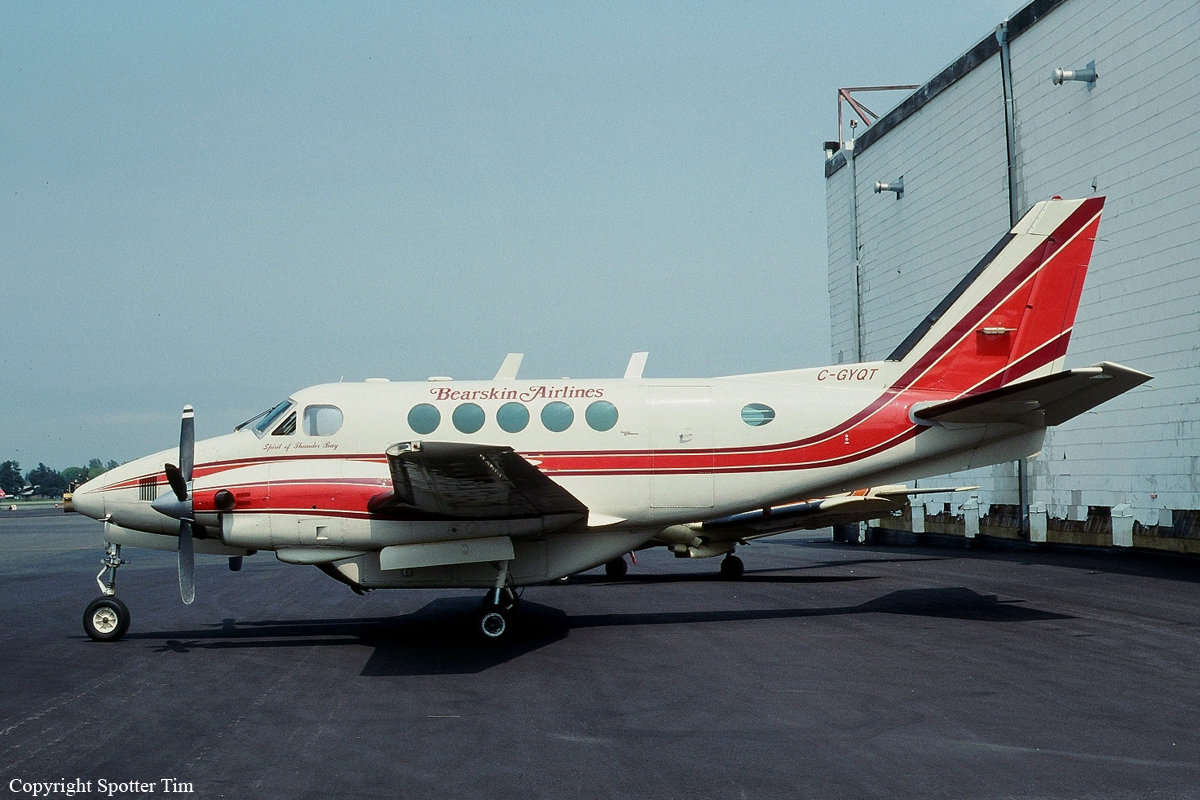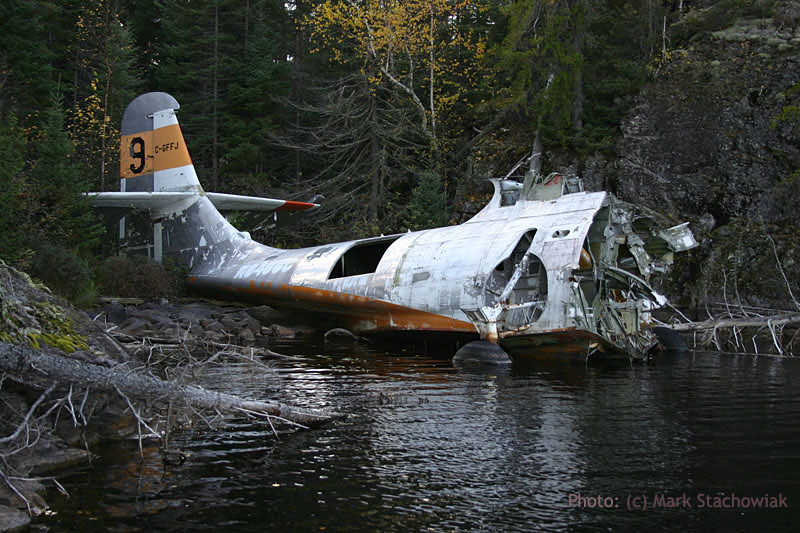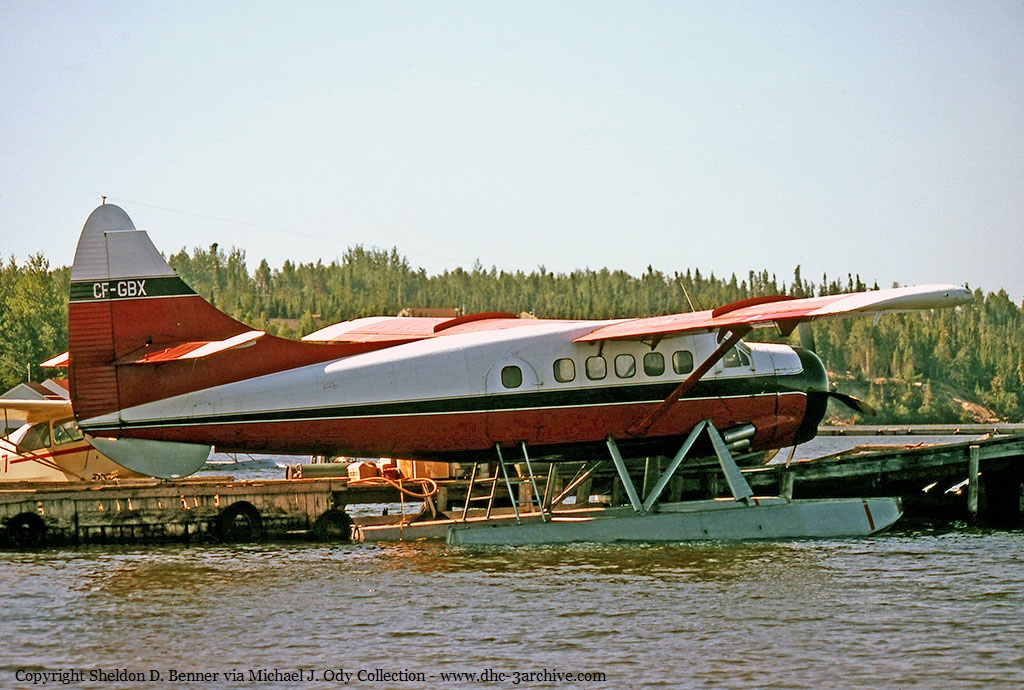Crash of a Pilatus PC-12/45 in Kasabonika
Date & Time:
Nov 21, 2023 at 1938 LT
Registration:
C-GEOW
Survivors:
Yes
Schedule:
Sioux Lookout – Kasabonika
MSN:
244
YOM:
1999
Flight number:
BF712
Crew on board:
2
Crew fatalities:
Pax on board:
6
Pax fatalities:
Other fatalities:
Total fatalities:
0
Captain / Total hours on type:
2000.00
Copilot / Total hours on type:
430
Circumstances:
The single engine airplane departed the Sioux Lookout Airport (CYXL), Ontario, at 1820LT on an instrument flight rules flight to the Kasabonika Airport (CYAQ), Ontario, with 2 pilots and 6 passengers on board. The captain was the pilot flying and the first officer (FO) was the pilot monitoring. On approach to CYAQ, the pilots conducted an area navigation approach to Runway 03, using the autopilot coupled with a GPS (global positioning system). The captain then turned off the autopilot at 1000 feet above ground level (AGL) per the aircraft’s pilot operating handbook (POH) limitation. The approach continued at 120 knots ground speed with the flaps set to 15°. The aircraft touched down approximately 1,200 feet beyond the threshold of Runway 03 at 102 knots ground speed. During the landing roll, the captain applied reverse thrust momentarily, which resulted in a slight yawing motion of the aircraft. The reverse thrust was returned to the idle position, and directional control was restored. The captain then fully applied the brakes; however, at 1938, the aircraft skidded and overshot the end of the runway. The aircraft came to rest approximately 350 feet beyond the runway surface. The aircraft cabin remained upright and intact. The passengers and crew were not injured and were able to egress though the main cabin door. The aircraft’s emergency locator transmitter activated.
Probable cause:
The weather conditions present and forecast during the occurrence showed winds moving westerly to become favorable for takeoffs and landings on Runway 21. The final approach was 120 knots ground speed during the last 500 feet of the approach. The aircraft crossed the threshold at 110 knots ground speed and touched down approximately 1200 feet beyond the threshold at 102 knots ground speed. The manufacturer’s landing performance specifications in the POH are provided for dry and paved runway conditions only. The Pilatus PC-12/45 aircraft’s normal approach speed for landing with 15° flaps is 98 KIAS. 14 However, the aircraft had an approach speed of 120 knots ground speed. Because the final approach ground speed exceeded the Pilatus PC-12’s landing performance charts found in the POH,15 it was not possible to calculate the distance the aircraft would have needed given these conditions. In addition, the charts in the POH do not provide compensation for gravel runways or for runway contaminants such as ice, rain, or snow. Based on calculations made using the aircraft’s landing performance charts, when landing with a 10-knot tailwind (the maximum charted tailwind) and without the use of reverse thrust, the aircraft would need 3458 feet of available runway.
Final Report:
